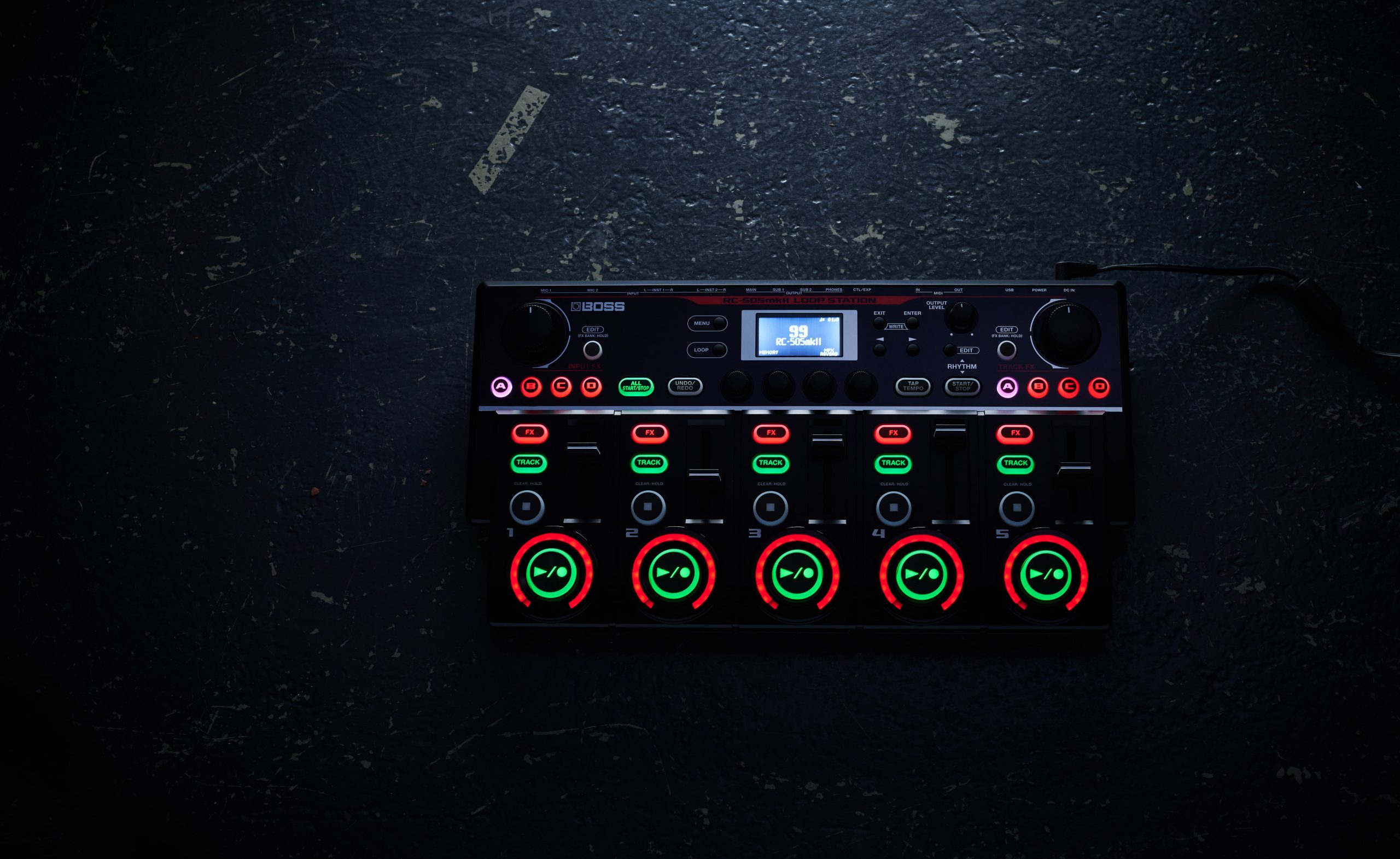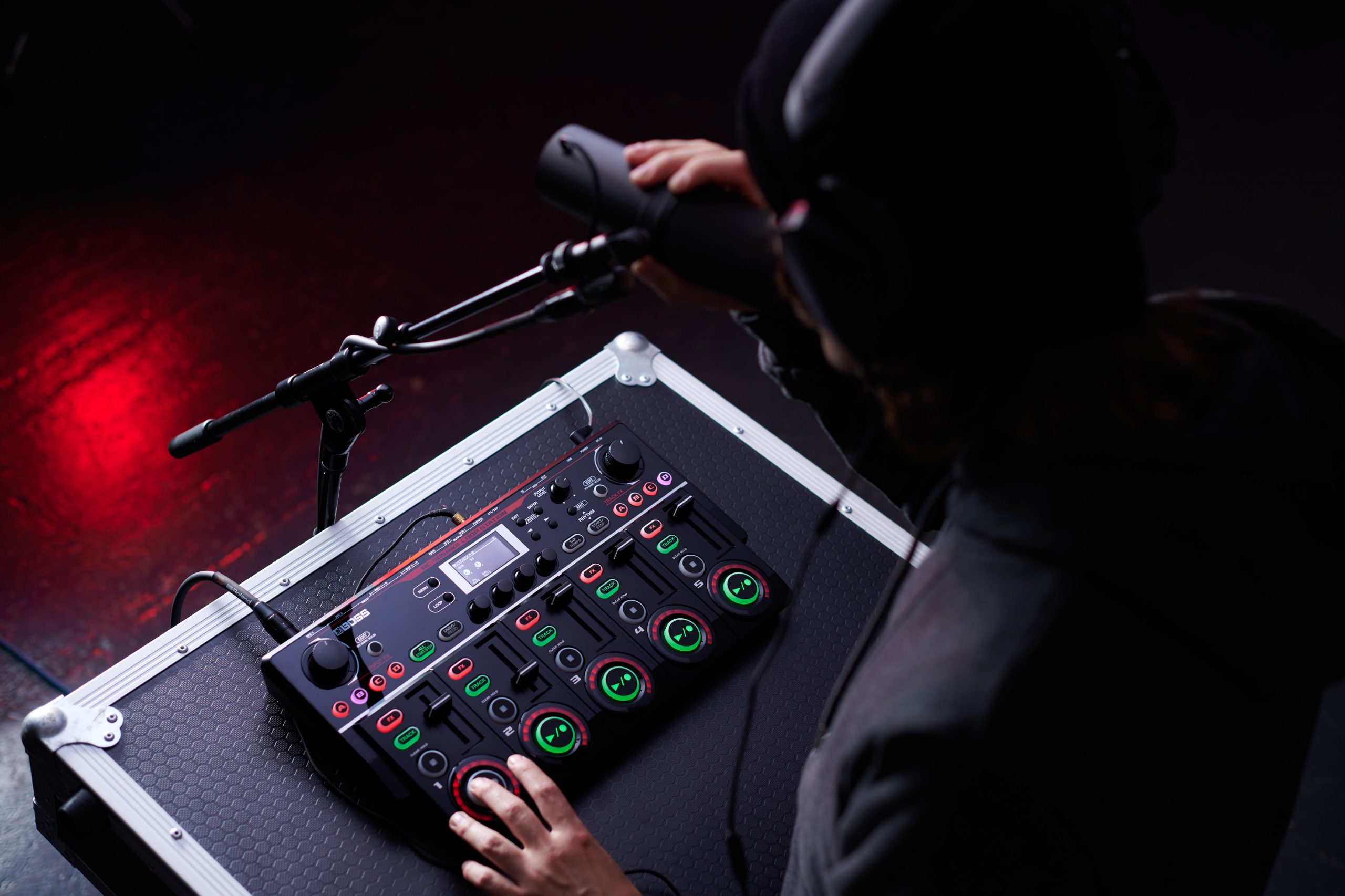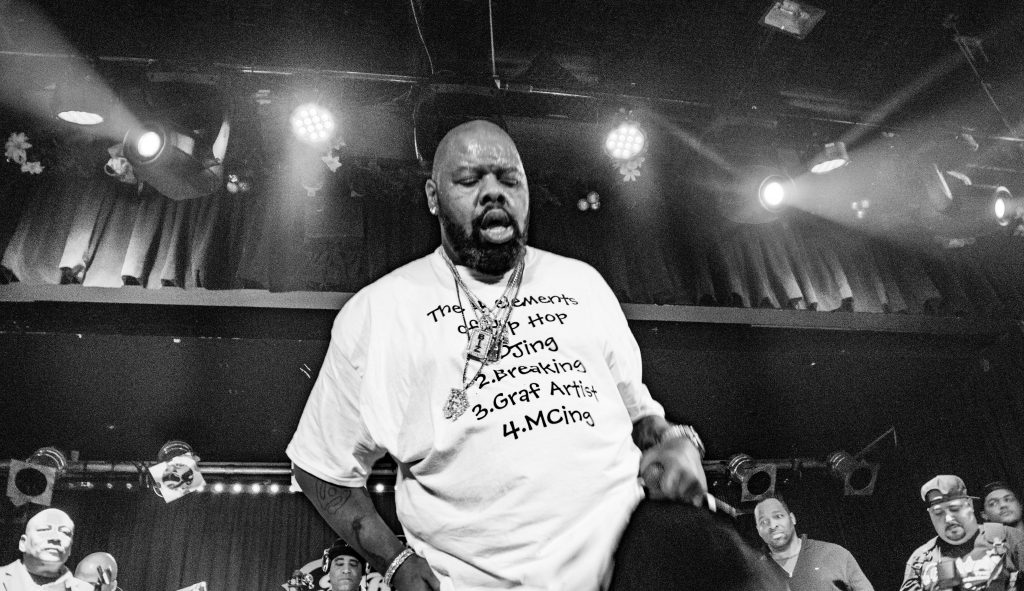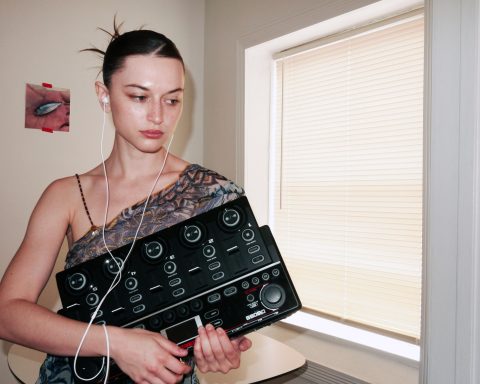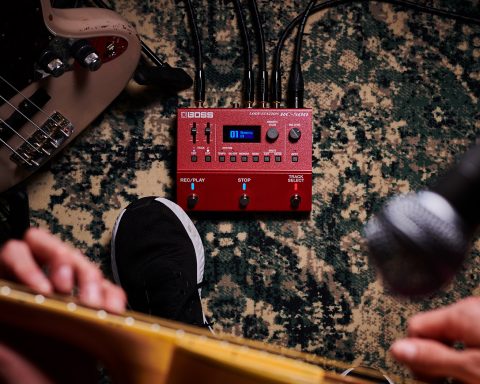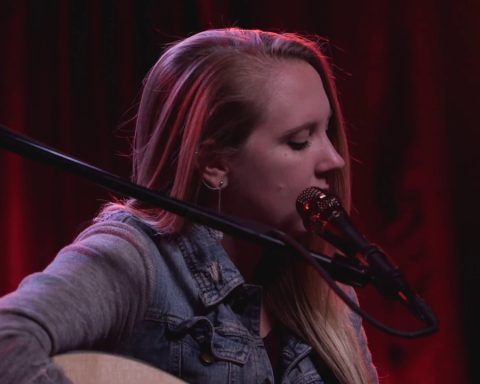Picture the scene: a Harlem street corner, sometime in the early-’80s. Above the daily hubbub of this rowdy New York neighborhood, a sound rings out that halts even the most hardened citizens in their tracks. To the untrained ear, it sounds like a head-on collision of percussion and heavy machinery. It’s a snap, crack, hiss, and thud that is deeply primal and instantly magnetic. For passers-by brave enough to listen closer, the revelation is that every sound comes from a human voicebox. Meet beatboxing. Now, fast-forward to 2021. The looping revolution is still gathering pace with tools like the BOSS RC-505mkII.
An Ancient Tradition
All this music, all these beats, made only with the mouth,” reflects Andreas “Pepouni” Fraefel. His exposure to those US trailblazers and many others lead him to become a formidable beatboxer in his own right. He is also CEO of the Swissbeatbox online platform. “It was unbelievable. I just couldn’t understand how they did it.”
No musical movement starts in a vacuum. Scan the planet’s most ancient cultures and you’ll find the seeds of beatboxing in centuries past and people both still living and long gone. The Hindustani singers of North India drive their rhythmic patterns with tabla bols. Then there is the dramatic vibrato of the Zulu isicathamiya vocal style popularized on Paul Simon’s “Homeless.”
"From the start, the throat, nose, lips, and larynx have been formidable instruments."
Bluesmen and jazz vocalists performed using scats, murmurs, and hums. Their voices conjured otherworldly atmospheres in smoky post-war basement clubs. From the start, the throat, nose, lips, and larynx have been formidable instruments.
Hip-Hop Happens
Yet beatboxing as we know it had its flashpoint in the late-’70s and ’80s, as a vital strand of the rising US hip-hop scene. Alongside the DJs, MCs, and graffiti artists who drove this vibrant subculture, beatboxing became an art form unto itself. Its practitioners first spit out their vocal pyrotechnics as a makeshift rhythm for a frontman. Rapidly, they turned heads as the main event.
Soon, the discipline was evolving at a breakneck pace. A cast of thousands pushed it forward. Their mission was to break new ground. Along the way, they sparked a fistful of techniques, from click rolls to tooth chirps, via drag whistles and hollow clops. Just as the roots of two-handed guitar tapping are eternally debated, there are a few credible claims to the title of “the first beatboxer.”
Some hip-hop historians trace the movement’s breakout to the near-mythical talent show at New York’s Radio City Music Hall in 1983. The Fat Boys (Mark “Prince Markie Dee” Morales, Damon “Kool Rock-Ski” Wimbley, and Darren “The Human Beatbox” Robinson) won the night. Their victory was largely thanks to Robinson’s audacious stylings and breathing techniques.
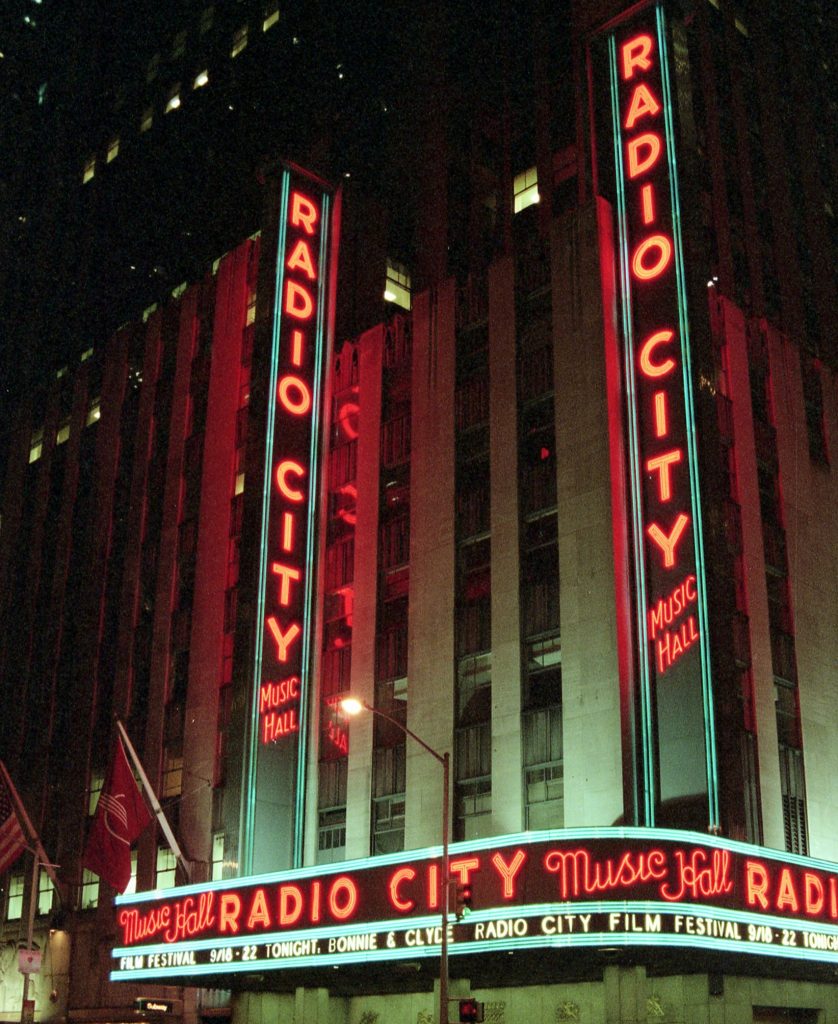
"No matter who you were and where you came from, everyone was welcome and everybody could try it." -Andreas "Pepouni" Fraefel
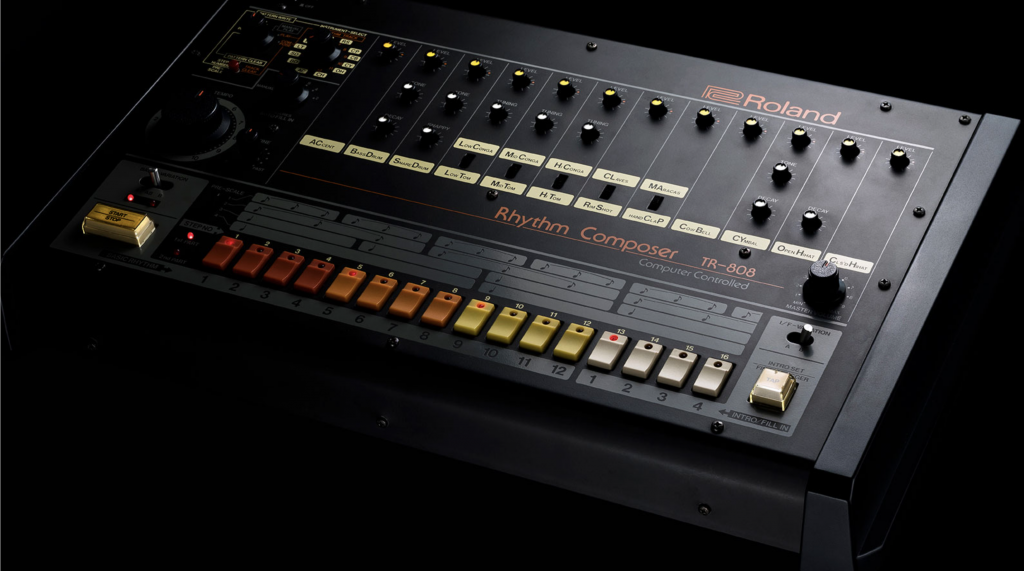
“Buffy became very famous,” explains Pepouni, “but the list of beatboxing pioneers is long. Doug E. Fresh was the first who had the term ‘beatbox’ on his flyer. Some of the most important artists who spread the style in the very beginning were names like Rahzel, Kenny Muhammad, and Biz Markie. But, actually, Roland had a lot to do with it, too.”
Roland in the Mix
How did Roland find itself at the beating heart of the subculture? Quite simply, because the fundamental aim of beatboxing was to emulate the drum machines that were sweeping the hip-hop scene. These machines were on everything from Afrika Bambaataa’s “Planet Rock” to “Paul Revere” by Beastie Boys. Even the name of the movement tipped its hat to the hardware: a ‘beat box’ was slang for a drum machine.
Roland was the brand to beat. As far back as 1972, the Rhythm Series TR-33 and TR-55 put limitless percussion into a compact unit one could carry on the subway. By 1978, the firm had added the capability to create and bank patterns with the CR-78. Two years later, the iconic TR-808 touched down to become the must-own drum machine for beatmakers of the Bronx and beyond. The first beatboxers emulated effects with their voices, often out of financial necessity. When they did, it was those unmistakable TR-808 tones that set the gold standard.
"The first beatboxers emulated effects with their voices, and the TR-808 tones set the gold standard."
Crossing Over
From those underground roots—and the purest of motivations—beatbox proliferated fast. It was a testament to the movement’s boom that it featured in two hit movies of 1984. Michael Winslow (aka The Man Of 1000 Sound Effects) turned a generation onto beatboxing in Police Academy.
Additionally, Doug E. Fresh was now famous enough to make a cameo as himself in Stan Lathan’s seminal hip-hop movie, Beat Street. The following year, Fresh’s staggering beatbox instrumental was also the focal point of the immortal “La Di Da Di.” It became one of the most sampled tracks in history.
This mainstream crossover was a double-edged sword. By its nature, beatboxing needed to remain edgy and innovative, not commercialized and stagnant. Fortunately, beatboxing was no novelty. Anyone notion that it was more of a party trick than a discipline was offset by a flow of maverick geniuses.
In 1985, former rapper Biz Markie broke out with a flurry of fresh beatbox techniques. He’s widely credited as the pioneer of the inward hand clap and harmonic tap. Indeed, Markie blazed a trail for between-the-beat MC techniques and fused beatboxing with singing.
Battle-born
At the same time, Bobby McFerrin brought softer stylings to the fore on the sleepy 1988 smash-hit “Don’t Worry, Be Happy,” built of overdubbed vocals. The polar opposite was happening on the US underground scene, as beatbox battles exploded in both popularity and ferocity. Often underpinned by friction between rival neighborhoods—and with reputations at stake—these savage duels saw vocalists locked in a sonic exchange of blows. The best patterns, tones, melodies, and effects earned victory. The loser slinked off to lick their wounds.
In the US, Kenny Muhammad and Roots star Rahzel were two of the biggest beasts in these bear pits. But the thrill of the beatboxing battle was soon crossing continents. “The battle scene started to get popular in Europe, and it became very entertaining,” explains Pepouni. To him, it was more than “being a cool kid and impressing others with the talent we’d developed.” He remembers a friendly tone to these clashes. “What really made me want to become part of this scene was that no matter who you were and where you came from, everyone was welcome and everybody could try it.”
"One artist might switch up beatbox with traditional vocals and record-scratching. Another might pinball between beats, spoken word, and poetry."
State of Evolution
Perhaps this speaks to a central truth. Unlike more prescriptive genres, beatbox welcomed new sounds, ideas, and blood. Across the past four decades, we’ve watched the rulebook get shredded time and again. One artist might switch up beatbox with traditional vocals and record-scratching. Another might pinball between beats, spoken word, and poetry.
Geographically and generationally, there are no boundary lines. The American pioneers bestowed approval on waves of global talent. “There was a golden generation that started in Europe,” points out Pepouni. “Like Roxorloops, ZeDe, SkilleR, Reeps One, Ball-Zee, Alem, Beardyman, Faith SFX, and Hobbit, to name a few.”
Stick a pin in the beatboxing timeline since the millennium and you’ll find a milestone. In 1999, Rahzel released the eternally influential album, Make The Music 2000. The album debuted vocal scratching and ended with a hidden track, “If Your Mother Only Knew.” The song still sounds like the future. In 2004, the opening ceremony of the Athens Olympic Games put the style back on the world stage.

Spinning a Web
Alex Tew (aka. A-Plus) set up the genre’s first online community, Human Beat Box, in 2000. The internet got flooded with forums, tutorials, and more. This created ties between beatboxers spanning from Mexico to Manila. “We want to foster talent by running more events and coming up with new challenges and innovative concepts,” says Pepouni. He’s describing the primary objective for Swissbeatbox, which launched in 2006. “It’s our mission to help to show the world what is possible. Exciting times are ahead, for sure.”
Next-Level Looping
However, no list of quantum leaps would be complete without a salute to the looping revolution. Post-millennium, layering sounds during a live performance wasn’t entirely new. The guitarist and inventor Les Paul demonstrated a proto-technique on US television back in 1953. A few manufacturers attempted to bring looping units to market, with inconsistent results. In 2001, the original BOSS RC-20 Loop Station drew a line in the sand. This innocuous twin-pedal unit was the starting pistol that mobilized guitarists like Ed Sheeran and KT Tunstall. It was also the first pro-level looper to allow a solo beatboxer to record, layer, and trigger a tidal wave of vocal percussion, all in the white heat of the gig.
“Loopers opened up an entirely new way for artists to express themselves,” recalls Pepouni. “Seeing Beardyman and Kid Beyond using loops was another piece of evidence that beatboxing was unstoppable,” he adds. “It was a new opportunity. Now, you didn’t have to be a solo beatboxer or part of a crew. You had the chance to be a one-person band, which helped many artists successfully launch their careers. We had the first Loop Station battle in 2013 and it was a game-changer.”
Alive and Well
The technology powering the BOSS RC-505mkII is the company’s most powerful to date. Still, the heavyweight specs aren’t the full story. Since the ’80s, beatboxing has represented music at its most visceral. Four decades later, the spirit of that Harlem street corner is alive and well in a Loop Station for a new breed of rulebreakers and renegades. “For us loopers,” explains the acclaimed French beatboxer Robin, “the RC-505mkII arriving was one of the best days of our lives. With this new machine, it’s like a rebirth.”
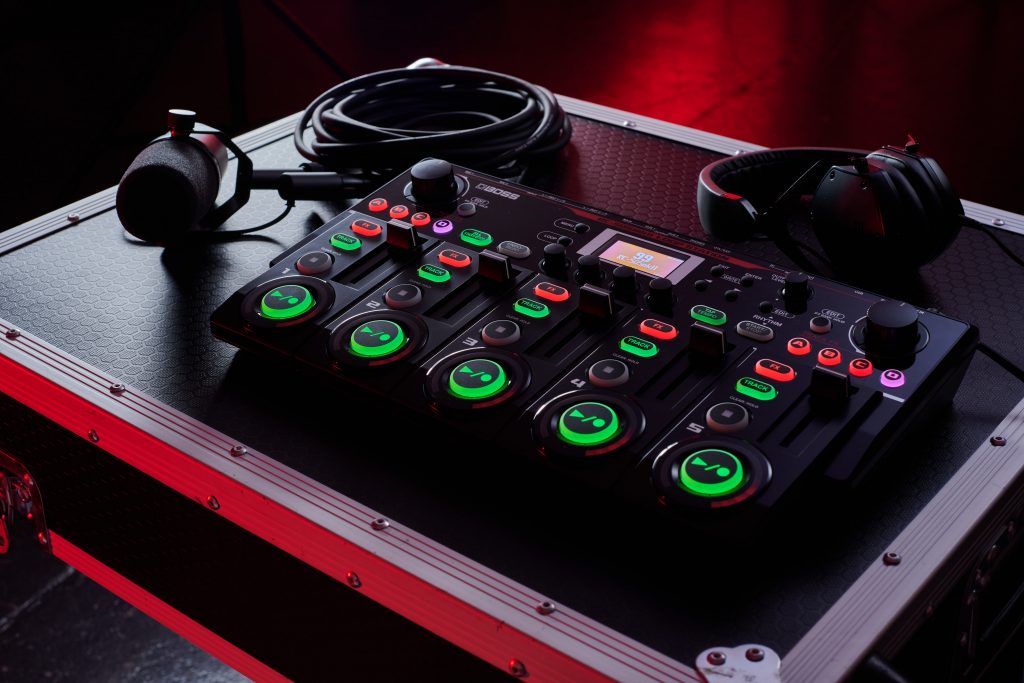
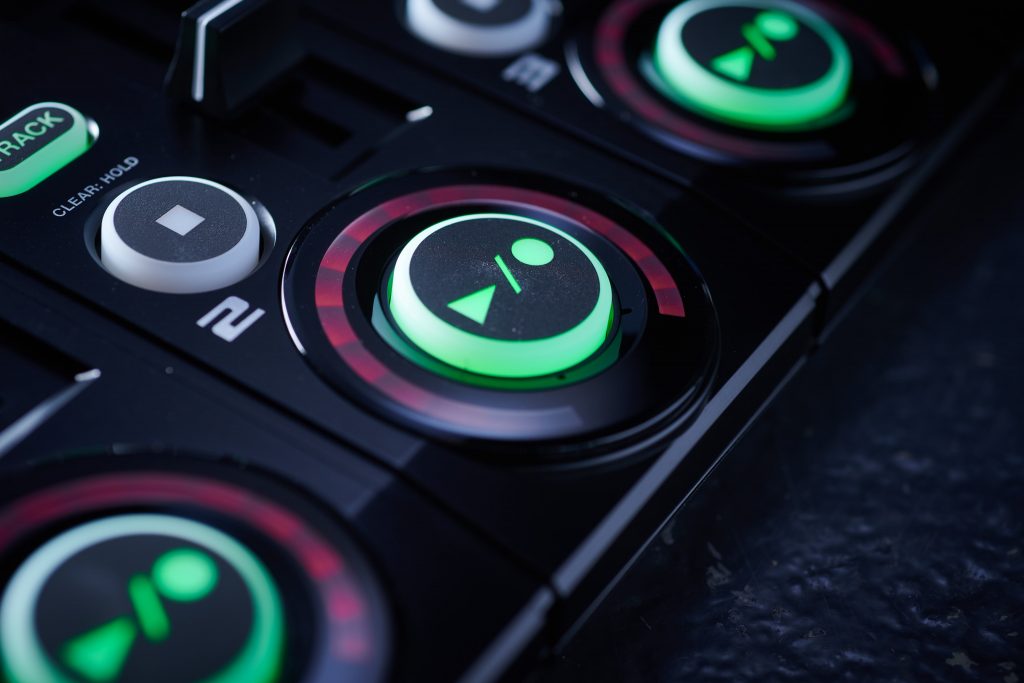
“For us loopers, the RC-505mkII arriving was one of the best days of our lives. It’s like a rebirth." -Robin
